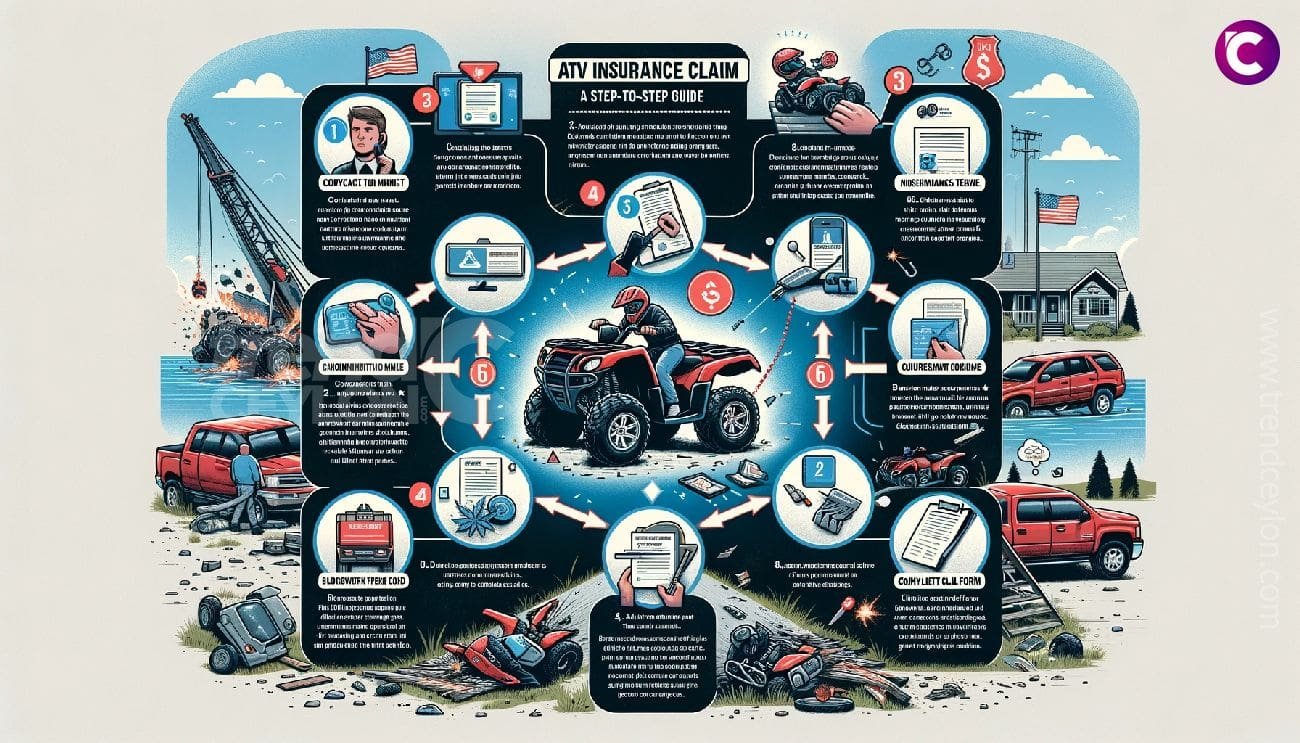All-terrain vehicles (ATVs) are popular for recreation and utility across the United States. With their increasing use, understanding the nuances of ATV insurance becomes crucial. This insurance provides financial protection and peace of mind while enjoying the adventurous ride.
Why is ATV Insurance Essential?
Owning an ATV involves risks such as accidents, theft, and damage to property or self. ATV insurance helps mitigate these risks by offering coverage that protects the owner from significant financial losses.
Detailed Overview of ATV Insurance Coverage
Let’s delve deeper into what ATV insurance typically covers:
- Collision Coverage: It covers the cost of repairing or replacing your ATV if it’s damaged in a collision.
- Comprehensive Coverage: This protects against risks other than collisions, like theft, fire, or vandalism.
- Liability Coverage: This is critical for protecting you against claims if you’re responsible for injuring someone or damaging property with your ATV.
- Uninsured/Underinsured Motorist Coverage: This protects you if you’re involved in an accident with a rider who lacks adequate insurance.
- Medical Payments Coverage: It helps cover medical expenses resulting from an ATV accident, regardless of fault.
- Accessory Coverage: This covers aftermarket parts and accessories not originally installed on the ATV.
Understanding these different types of coverage is essential in choosing the right policy for your needs.
The ATV Insurance Claim Process: An In-Depth Guide

Knowing how to navigate the claim process is vital when an incident occurs. Here’s an expanded step-by-step guide:
Step 1: Immediate Action Post-Incident
- Ensure everyone’s safety.
- Do not move the ATV unless it’s necessary for safety.
- Call emergency services if there are injuries.
Step 2: Documentation
- Photograph the accident scene from different angles.
- Note down the environmental conditions (like wet trails and obscured signage).
- Collect witness statements and contact information.
Step 3: Reporting the Incident
- Contact your insurance provider as soon as possible.
- Be honest and detailed about the incident.
- Provide your policy number and all gathered information.
Step 4: Working with an Adjuster
- The adjuster will investigate the claim to determine fault and assess damages.
- Be cooperative and provide any additional information requested.
Step 5: Understanding the Settlement
- Review the settlement offer thoroughly.
- Understand what is covered and what your policy deducts.
- Consult with a professional if needed before accepting the offer.
Step 6: Post-Claim Follow-Up
- Keep all records and receipts related to the claim and repairs.
- Review your policy to see if any changes are necessary based on the incident.
Preventative Measures and ATV Safety
Reducing the risk of accidents keeps you safe and can lower your insurance premiums. Here are additional safety tips:
- Never ride under the influence of alcohol or drugs.
- Understand and respect local ATV laws and regulations.
- Conduct regular maintenance checks on your ATV.
- Be cautious in unfamiliar or challenging terrains.
Mastering the ATV Insurance Claim Process
Dealing with ATV insurance claims in the U.S. requires a good understanding of your policy, diligent documentation, and a systematic approach to the claims process. By following these guidelines, you can ensure a smoother experience and quicker resolution to any incidents that may occur while enjoying your ATV adventures.










